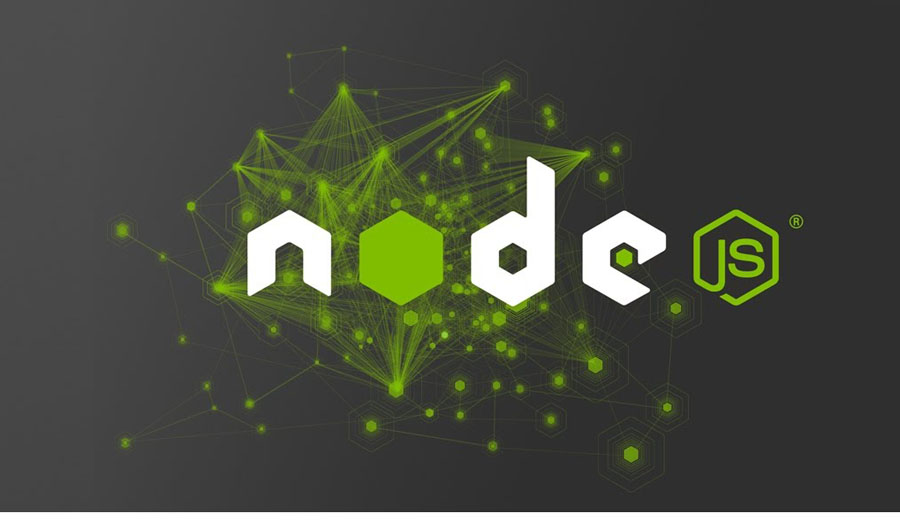Node JS

-
20:19
-
00:05
-
00:04
-
00:04
-
00:03
-
00:01
-
23:44
-
23:42
-
23:40
POPULAR ONLINE
- How can I set the opacity property on a button element that has a disabled attribute? 11379 visits
- MySQL JOINS Tutorial: INNER, OUTER, LEFT, RIGHT, CROSS 7023 visits
- What is a foreign key? 6639 visits
- What is Dict and List comprehensions are? 6564 visits
- How is memory managed in Python? 6563 visits
- What is a unique key? 6541 visits
- What is the difference between list and tuple? 6468 visits

